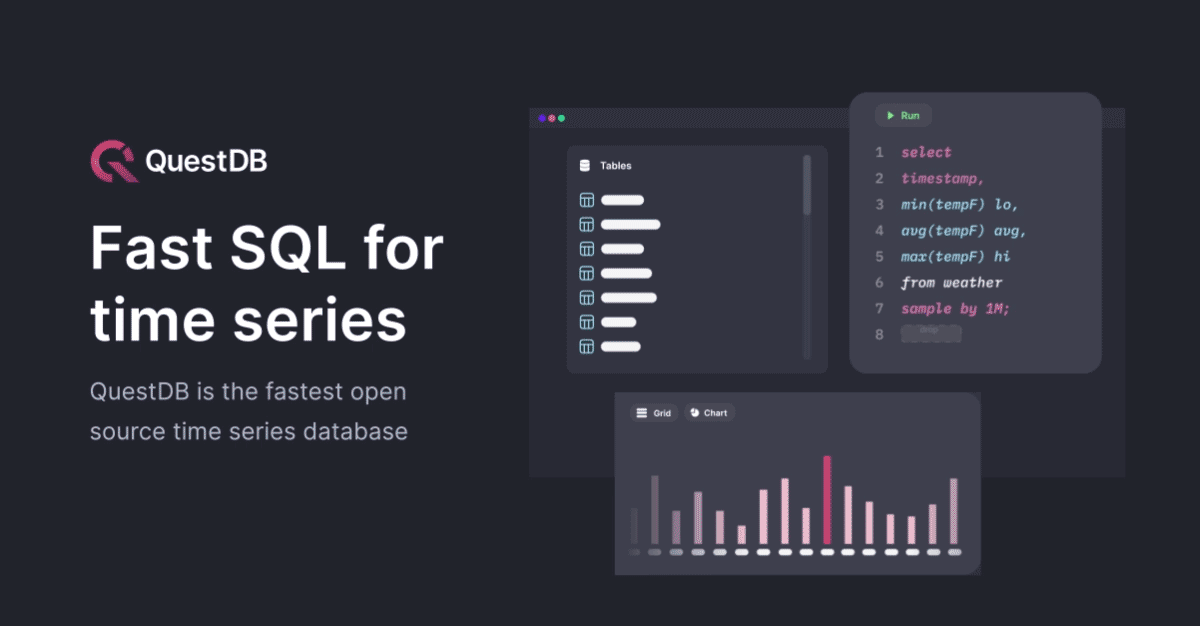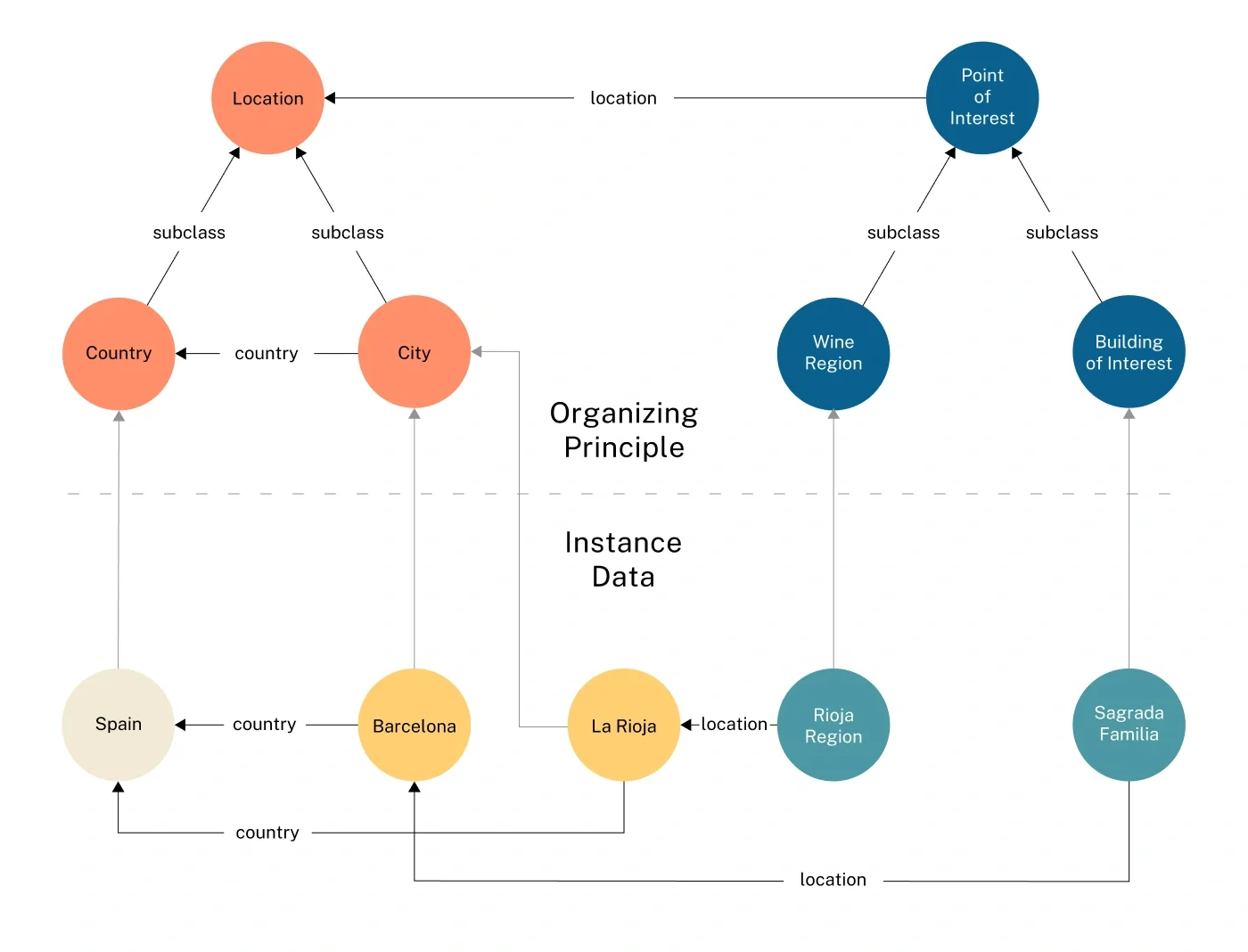- 301 Posts
- 5 Comments
Joined 10 months ago
Cake day: August 25th, 2024
You are not logged in. If you use a Fediverse account that is able to follow users, you can follow this user.
 1·3 months ago
1·3 months agoUser Based Access Control (UBAC) is now available in Snowflake.
here is an example of how to use the spread operator in a UDF:
CREATE OR REPLACE FUNCTION udf__multiply(a NUMBER DEFAULT 1, b NUMBER DEFAULT 1, c NUMBER DEFAULT 1, d NUMBER DEFAULT 1) RETURNS NUMBER AS $$ a * b * c * d $$ ; -- Spread Operator to convert the array into individual arguments SELECT udf__multiply(**[1, 2]); -- Returns: 2 SELECT udf__multiply(**[1, 2, 8]); -- Returns: 16 SELECT udf__multiply(**[1, 2, 10, 10]); -- Returns: 200
For this SQL query:
SELECT component_id, COUNT(*) FROM ticketing_system_table WHERE assignee_user.email = 'username@email.com' AND status IN ('NEW', 'ASSIGNED', 'ACCEPTED') GROUP BY component_id ORDER BY component_id DESC;The Pipe query alternative would look like this:
FROM ticketing_system_table |> WHERE assignee_user.email = 'username@email.com' AND status IN ('NEW', 'ASSIGNED', 'ACCEPTED') |> AGGREGATE COUNT(*) GROUP AND ORDER BY component_id DESC;








Using the Spread Operator in the
WHEREclause:create or replace table customers (id int, name string); INSERT INTO customers (id, name) VALUES (1, 'Saqib'), (2, 'Ali'), (3, 'Uroosa') , (4, 'Maryam'), (5, 'Fatima'), (6, 'Alia') ; -- We want the customer IDs 1, 3 and 6, where these ids are in an array i.e. [1,3,6] -- Now we can use the Spread Operator in the WHERE clause as following SELECT * FROM customers where ID IN (** [1, 3, 6]) --> Expanding an ARRAY [1,3,6] using the Spread Operator;Output: